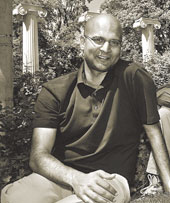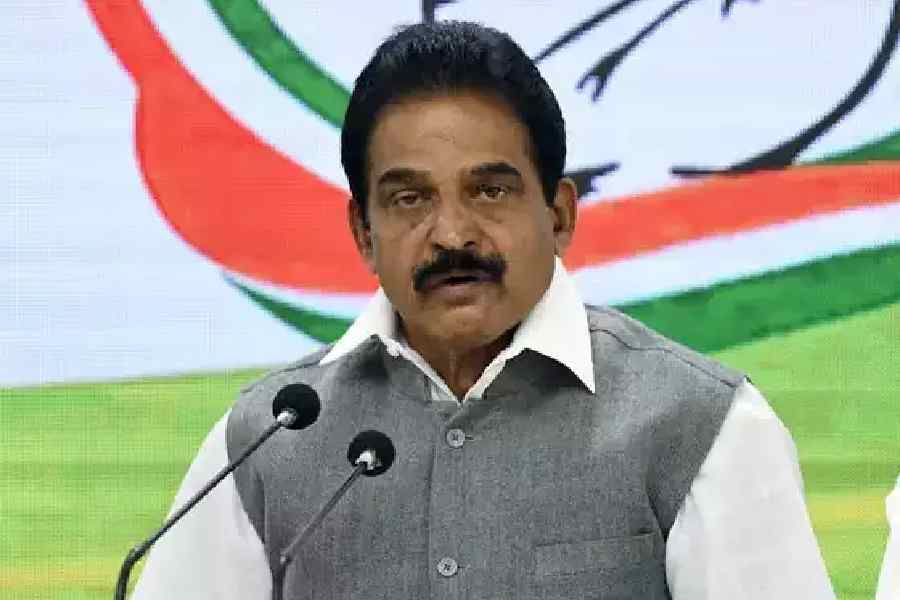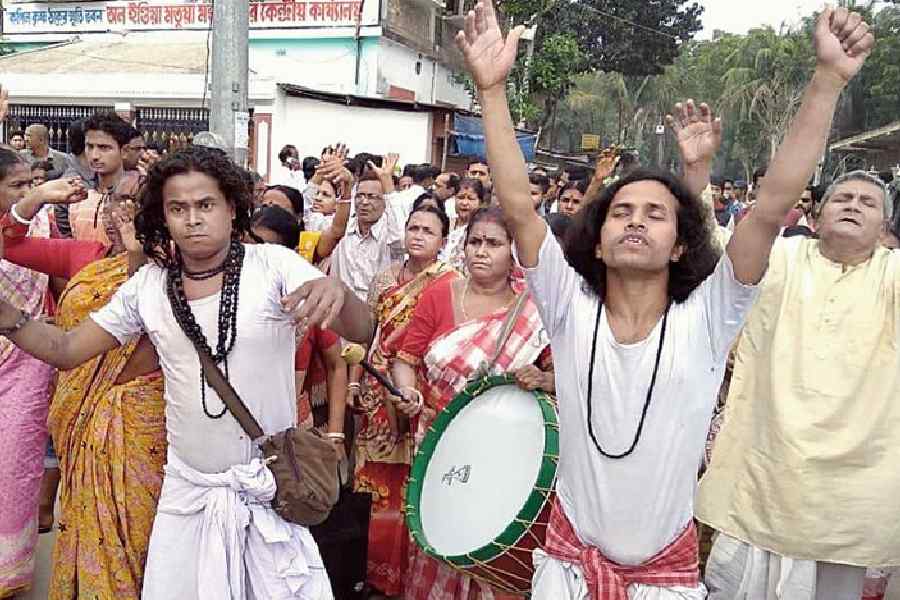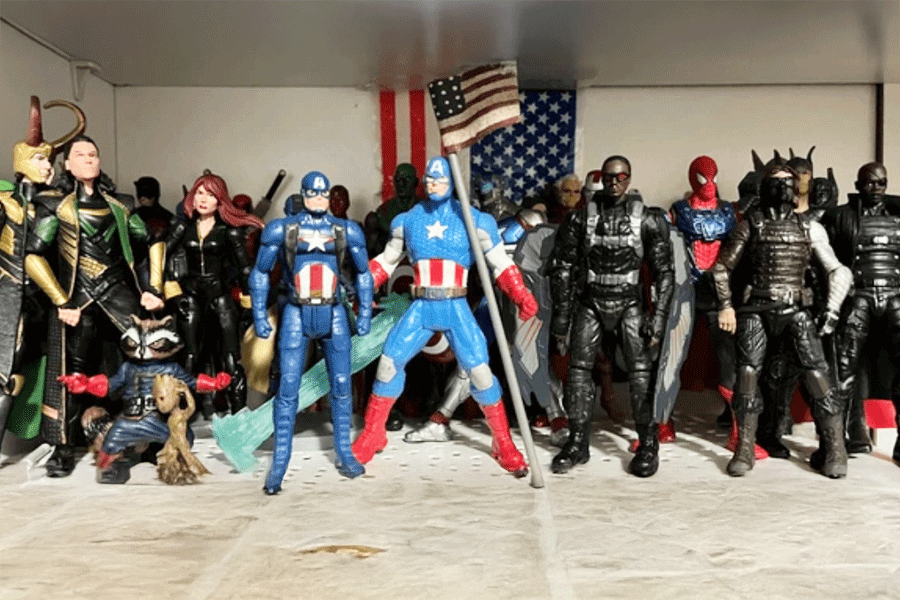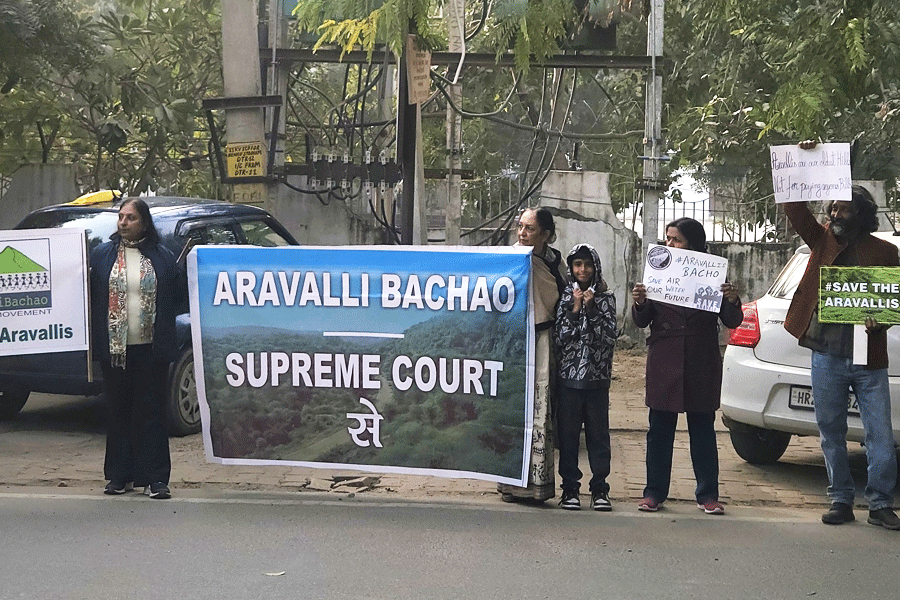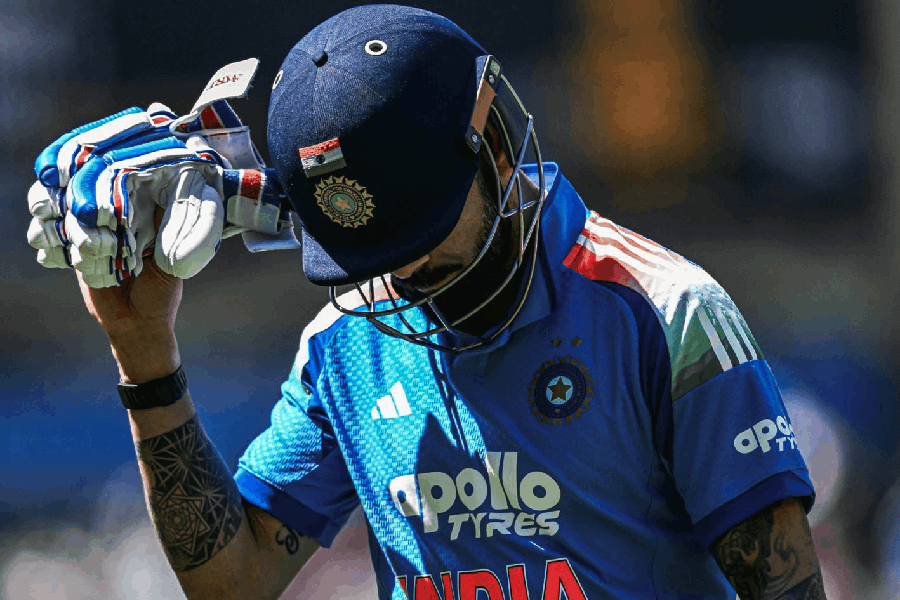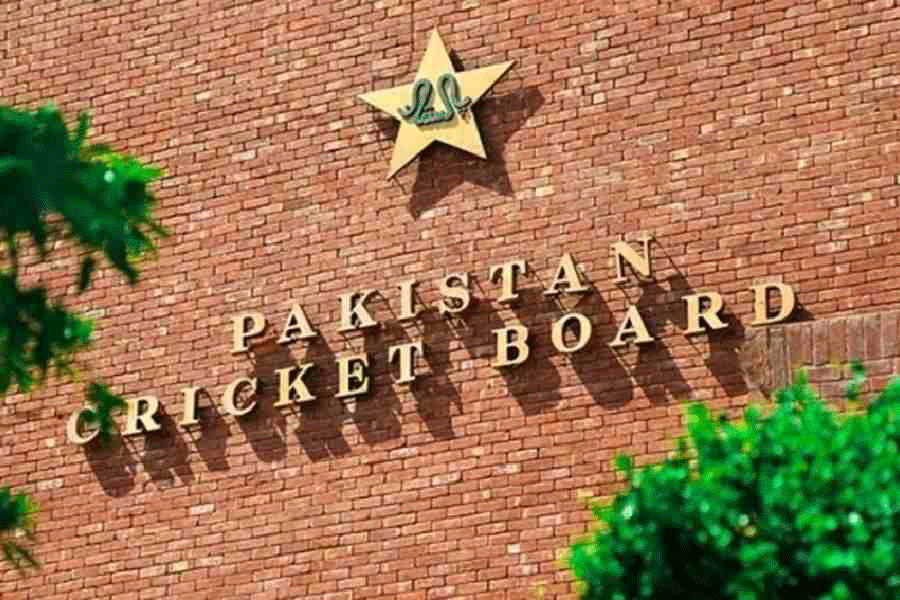 |
| Tapan Parikh’s (above) technology mixes academics with applications |
He could silence sceptics who accuse academics of being disconnected from reality. With a laser-like focus on the rural poor worldwide, Tapan Parikh has developed an information system, proving that it’s often simple innovations that can dramatically change the lives of the poor. In the event, the Technology Review magazine of the Massachusetts Institute of Technology (MIT) named him “Humanitarian of the Year” and one of the 35 young innovators in its annual “TR35” list.
As a graduate student at the University of Washington in 2000 — and a trifle dissatisfied with pure academics — Parikh spent much time travelling in India, interacting with the rural population. The insight he thus gained came in handy while developing a technology tool that could make their lives easier.
While researchers worldwide strive to integrate paper with digital media, Parikh has an altogether different idea — harness information and communication technology to meet the needs of rural users. He thus went on to develop a unique mobile phone-based platform that can deliver a variety of services in rural areas. At the heart of the program is a phone with an in-built camera that captures images of documents, extracts and processes data and supports interactive audio and video.
Called CAM (after the camera’s central role), Parikh’s e-technology platform is three tiered. At the user’s end are a set of paper forms and other “artefacts” that people use to record information and conduct queries and transactions. Next comes the server tier, which is a standard Web application server, connected to the Internet. The third tier is the mobile phone, acting as the middleware and a user interface.
As CAM began being tested by micro finance institutions in Tamil Nadu and elsewhere, Parikh built SHG MIS (Self Help Group management and information system), a web-based software for entering and processing data collected from the field. It includes a text messaging tool that uploads data to online databases and also lets rural communities report this to a bank or any other financial institution, thus allowing a transparent and accurate flow of data from villages to urban centres.
A native of New York, Parikh, 33, has been connected to India via routine family visits. He knew that in rural settings it was almost impossible to dissociate paper from business. Therefore, a bar code system is also integrated into this application. All the important documents — loan applications, grants, receipts, checking account forms, etc. — are printed with a bar code. A smart phone loaded with SHG MIS is able to scan this code.
 |
| With CAM in place, people in the rural areas may find life a lot easier |
Part academic, part field person, Parikh straddles the two worlds with ease. In 2002, he co-founded Ekgaon Technologies in New Delhi to implement CAM and SHG MIS in India. Jointly with the Covenant Centre of Development, a non governmental organisation in Tamil Nadu, it launched a pilot project in which 75 SHGs covering 5,000 people in Natham in Dindigul district participated. “We have signed up with 1,500 more SHGs in Kerala and Tamil Nadu to implement our system,” says Vijay Pratap Singh Aditya, CEO of Ekgaon. World Vision, an international agency, is planning a nationwide launch by September, starting with Rajasthan and Gujarat, says Aditya.
Ekgaon also intends to bring this information system to the agro-commodity supply chain in India and is running a programme in Gujarat with the Organic Farmers Association of India. It recently set up an office in Calcutta to integrate local farmers with the retail industry. A company that considers corporate social responsibility integral to its business objectives, Ekgaon will release the open source of its technology, CAM and SHG MIS, in the next few days.
Having proven its application in micro finance, Parikh is now taking CAM to healthcare where he believes it can be widely useful — in managing critical records, tracking disease outbreaks and coordinating post-disaster relief measures. To begin with, he is working with the OpenMRS project — a global effort to develop a simple, flexible medical records system for the developing world — in Africa on integrating CAM with their mobile data collection efforts. “Service providers will be able to publish surveys and send patient data to mobile phones which can be used by field staff in monitoring and treating remote patients,” he adds.
In another initiative, Parikh is collaborating with researchers from the University of Washington and the Harvard School of Public Health to investigate if using mobile applications will make it easier to follow World Health Organisation guidelines for primary care givers in resource-poor conditions.
All set to become a professor at the University of California, Berkeley, School of Information, Parikh believes he can educate and inspire his students to think about “impacting the world”. As for his research, he intends mixing academics and applications. “Academics have received a bad rap for being irrelevant. I think in academics, we can be both relevant and scientifically rigorous. I intend to spend my career figuring out how to achieve this balance,” he says.
Mary Levin, UW photography

